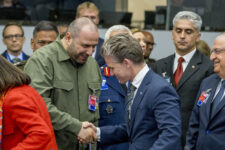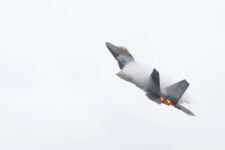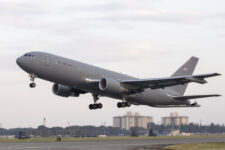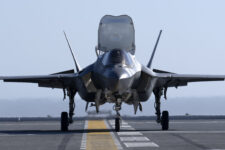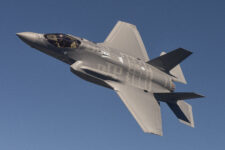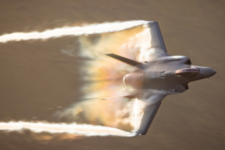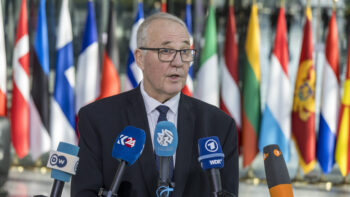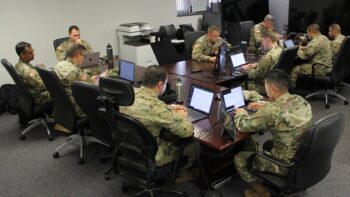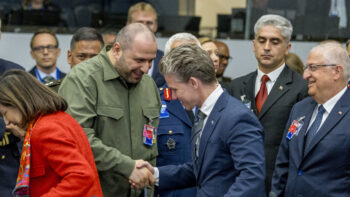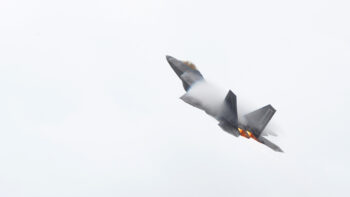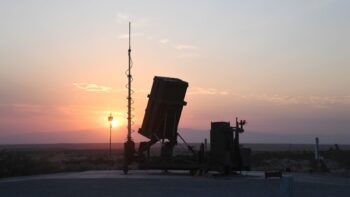Securing overmatch. Successfully carrying out the largest equipment transformation in almost fifty years. Enabling the modern-day warfighter with unprecedented capabilities. Developing technology that is easily evolved and upgraded as requirements grow within the connected battlespace. It can sound insurmountable, but the truth is the U.S. Army Future Vertical Lift (FVL) program will deliver the best military helicopters in the world. And we’re here to meet the challenge.
No matter the mission, minimizing the basic weight and drag of FVL aircraft increases capability. It is the critical point of design for the program. Without it, speed, range, power and payload capacity requirements are at serious risk.
It’s not an easy puzzle to solve, but some of the brightest minds in the industry are putting years of proven military and commercial technology innovation to work to deliver the FVL weight and drag optimization solutions needed to enable overmatch. Here are nine areas where weight and drag optimization opportunities exist to enhance mission capabilities, whether it’s space for additional fuel, gear, soldiers, payload or valuable added speed and range.
- Open systems architecture – MOSARC™, our open avionics system, allows even the most time-sensitive functions to be integrated on a central network, eliminating wires.
- High-power computing – Perigon™, our next-gen aerospace computer, is 20 times more powerful than our legacy flight control computers and can host multiple applications, eliminating dedicated boxes and wiring.
- Connectivity – FlexLink™, our adaptive connectivity solution, consolidates the capabilities of multiple comm/nav/data link systems to reduce weight and uses shared, multi-function antennae, integrated into the airframe, to reduce drag.
- Hoists – For the FLRAA platform, our Pegasus® hoist technology could increase load capacity by more than 11 percent without increasing weight in the design.
- Seating – Our advanced structural designs for military seating could mean a 30 percent weight reduction for pilot and co-pilot seating.
- Structures – Our Aerostructures team is developing thermoplastic manufacturing methods to support helicopter flight control structures for enhanced durability, as well as reduced cost and weight.
- Composites – We’re applying composite technology to replace metallics in heavy components, including drive systems and flight control surfaces, to lighten aircraft.
- Production efficiencies – Our Composite Center of Excellence in the U.K. is investing in new manufacturing methods, like braiding technology, to help further reduce production costs for composite materials.
- Integrated design – Minimizing the size and number of apertures on an aircraft and, where possible, finding ways to integrate them. This might mean combining lights and antennae into a single component, for example, and using a flush-mounted LED light solution to save additional space. The layout of our payload deployment and weapons bay doors is another example of integrated design. Internalizing weapon rails so what normally would hang off the aircraft is now inside to reduce drag, with the payload delivery system going from fully stowed to deployed in three seconds.
From lighting and seats, avionics and drive shafts, to fully system-integrated aerostructures, everything is on the table for revolutionary, lighter solutions with less drag and the most powerful performance.
We are challenging the status quo, while applying our years of experience and breadth of capabilities to help deliver state-of-the-art performance for FVL. The technological advancements are at our fingertips – and ready now – to help design the fastest, lightest, most long-range and powerful rotorcraft in history, and weight and drag optimization is a critical success factor.
See more ways Collins Aerospace is bringing best-in-class platform-wide solutions to the table that enable supreme performance for FVL.

